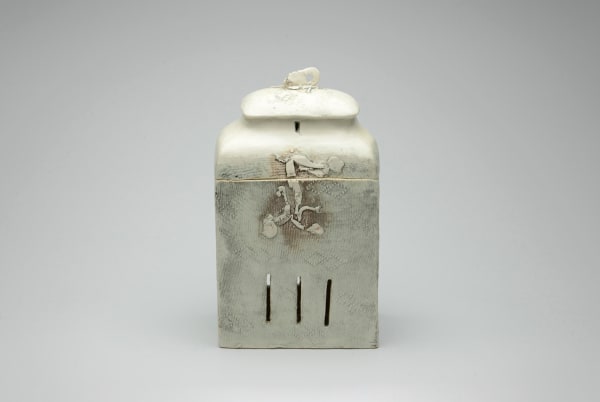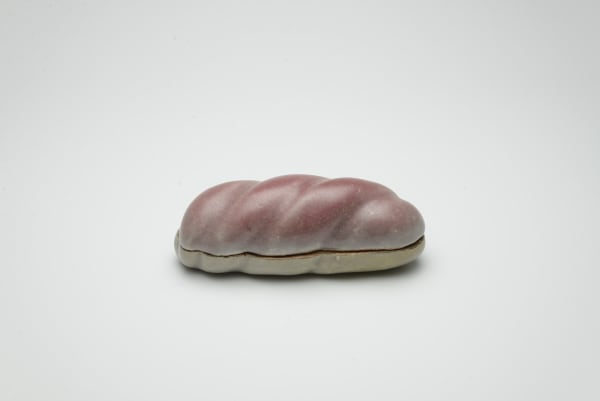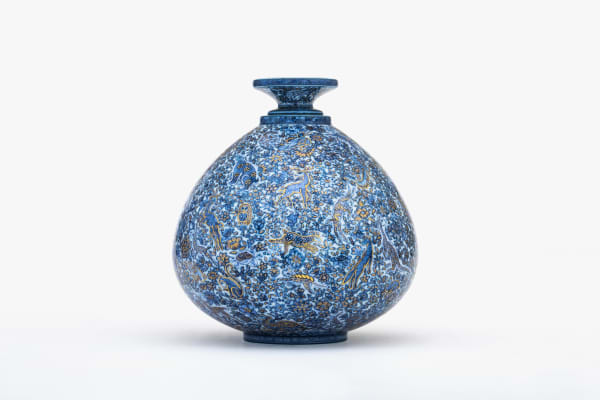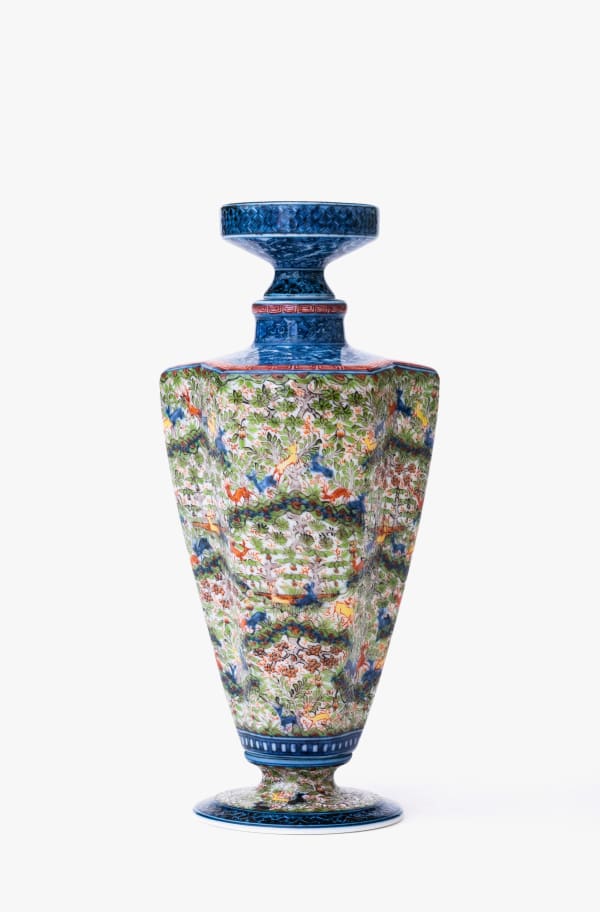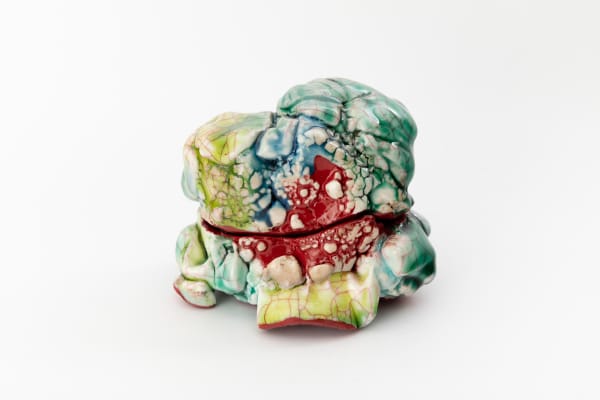-

Shin Fujihira (b. 1922–2012) came of age under the influence of his father, who established the Fujihira Pottery Company in 1916 in Gojozaka, the main pottery district in the city of Kyoto. Diagnosed with tuberculosis after the outbreak of the Pacific War, Fujihira struggled during his early adulthood, narrowly recovering from near death. Through this time, Fujihira turned towards art as motivation, and this passion was revitalizing. For Fujihira pottery was an escape from depression; an opportunity to transformation his appreciation for the joys of life.
-
 Having carried out an exhaustive study of decorative patterns from around the world, Yuki Hayama (b. 1961) imbues each porcelain with an entire world. Introducing characters from ancient legends and myths, Hayama questions the meaning of each type of pattern, causing the viewers to reconsider space and life, and inviting them to revisit the distant past. The message he transmits through his works is one of gratitude and amazement for the accomplishments of humanity and nature.
Having carried out an exhaustive study of decorative patterns from around the world, Yuki Hayama (b. 1961) imbues each porcelain with an entire world. Introducing characters from ancient legends and myths, Hayama questions the meaning of each type of pattern, causing the viewers to reconsider space and life, and inviting them to revisit the distant past. The message he transmits through his works is one of gratitude and amazement for the accomplishments of humanity and nature. -

Leading ceramicist Masahiro Maeda (b. 1948) is known for glaze-painted porcelains pioneering distinctly contemporary designs. Maeda's approach to iro-e technique innovate traditional Japanese forms and color arrangements. His method of creating woven texture using paint masks produces timeless layered and overlapping surfaces. Maeda's works exhibited at the Victoria & Albert, Smithsonian National Museum, and Tokyo National Museum among many others, and are in collections of the highest caliber including the Philadelphia Museum of Art, Art Institute of Chicago, and many more. Maeda's work has led him to serve as a judge at Japan's top ceramic competitions, and his contributions to contemporary ceramic design influence generations of Japanese artists as director of Japan Crafts Association in addition to many other leadership roles at key craft institutions.
-

The ceramic works of Kodai Ujiie (b. 1990) are refreshingly avant-garde. Since his debut exhibition in 2014, Ujiie’s colorful and abstract wares have interpolated the kintsugi lacquer mending technique and experimented with unusual celadon colors. Ujiie now works from his kiln in Tajimi, Gifu Prefecture.
